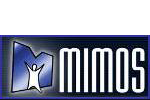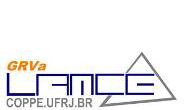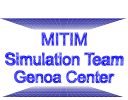DHSS 2013 Proceeding
Anti-submarine warfare modeling and simulation
Authors: Deniz Aldogan, Mehmet Haklidir, Levent H. Senyurek, Yasemin Timar, Semuel Franko, Omer Eroglu, A.Faik Guven, H.Murat Genc
Abstract
Submarines, modern naval warfare scenarios, especially in the context of asymmetric war remain the one of the most important platforms. Therefore, improvement of Anti-Submarine Warfare (ASW) capabilities is among the most crucial aims of many countries. In this field, they reduce the cost of training, reduced the potential risks and to provide a variety of tactical situations to military training purposes can be tried for fast simulation applications are more preferred to use. In this simulation software study, complicated tactical situations can be simulated in various operating conditions and which involves tactical entities that can execute ASW commands autonomously, is explained. Surface, submarine, rotary-wing and fixed-wing platforms modeled in the current simulation system. These target platforms are equipped with various sensors, weapons and acoustic countermeasure systems. Target platforms can realize basic tasks such as moving towards a waypoint or along a path as well as complex tasks such as searching and engagement autonomously both individually and in groups called as convoys. Additionally, they can also display reflexive behaviors such as land, entity or enemy/torpedo avoidance. For managing scenario preparation and simulating Computer Generated Forces (CGF), the VR-Forces infrastructure, a commercial application framework, has been customized. The capabilities of the platforms developed to implement the software modules are integrated into the architecture of this infrastructure component CGF simulation engine. Results represent that platforms exhibit realistic behavior even in difficult conditions.
 2013
2013








































